A truly wonderful, uplifting, refreshing lemon aroma for men or women.
Lemon Myrtle Essential Oil
Price range: $17.95 through $330.00
Description
Lemon Myrtle Essential Oil
Lemon Myrtle essential oil is one of Australia’s newest and most exciting aromas. It is wonderfully uplifting and refreshing. This beautiful essential oil will help to freshen the air in a home or room, while the aroma will appeal to both men and women.
Botanical name: Backhousia citriodora
Ingredients: 100% v/v pure Lemon Myrtle essential oil.
Please take a look at our Lemon Myrtle essential oil video.
Aroma
Uplifting lemon aroma; a wonderful yet smooth and rich lemon smell. Pleasant for men, women and children.
Benefits
Uplifting and relaxing, it can also be sedative and calming; improves concentration and is anti-depressive. It soothes the symptoms of hypertension; aids happiness and promotes rest; removes bad room smells, and may help to calm noisy children.
Uses
Use in an oil burner, air purifier, air freshener, in potpourri, massage oil or a bath.
You can also use the oil for cleaning. Add a couple drops to your vacuum cloth bag, in the water you use to wash your floors or into your dish washing liquid.
MORE INFO
Directions and More Uses
Aromatherapy Oil
2 to 4 drops in an oil burner or vaporiser
1 drop into a bath
Add to your own skin care products for an uplifting lemon aroma, add at no more than 1%.
Blend Lemon Myrtle Essential Oil with
Lemon Myrtle oil is simply excellent on its own or blend with woody, spicy, floral oils but not citrus. Use Lemon Myrtle sparingly in blends to avoid overpowering.
Try blending Lemon Myrtle essential oil with Australian Blue Cypress, Emerald Cypress, Eucalyptus varieties, Niaouli, Rosalina, Sandalwood or Tea Tree.
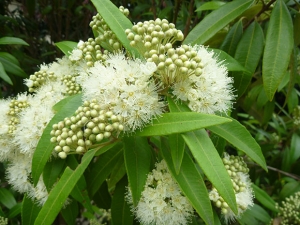
Lemon Myrtle flowers, Byron Bay, NSW
Massage
5 drops per 100ml of carrier oil.
Food Flavouring
Use the oil as both a food and drink flavouring – simply add 6 to 9 drops per 1000ml (1 litre) of liquid.
It also adds a wonderful flavour to cooking oils like Olive or Macadamia oil. Use at a rate of 8 to 12 drops per 1000ml (1 litre) of cooking oil.
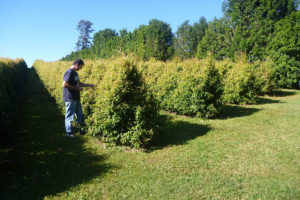
Greg Trevena at his Lemon Myrtle Plantation, Byron Bay hinterland.
Main Actives of Lemon Myrtle Essential Oil
Contains upto 98% citral, containing: geranial, neral, cis citral, (In comparison Lemongrass 30-70% Citrals, Lemon Verbena 40 %, Lemon Balm 70%)
Citral has been shown to be anti-microbial, particularly anti fungal, anti-viral, sedative.
Precautions
Do not use Lemon Myrtle essential oil at a rate greater than 1% in body products, as skin sensitisation occurs.
Keep out of reach of children.
Store away from direct sunlight.
Store below 30 degrees.
Other Common Names
Lemon Ironwood, Lemon Scented Myrtle.
Natural Occurrence in Australia
Lemon Myrtle trees naturally occur in the rainforests of Queensland from Brisbane to the Atherton Tablelands. The tree is not common and generally grows to a maximum height of 30 metres in the wild. It prefers high and regular rainfall and soils with good drainage to flourish.
Characteristics of Lemon Myrtle Essential Oil
Clear to amber yellow in colour; watery consistency; scented citrus/lemony.
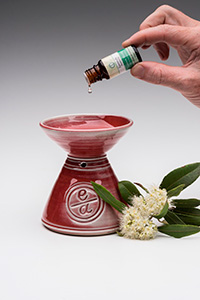
Just one drop of Lemon Myrtle essential oil can immediately freshen a room or bathroom
Extraction and Farming Method
Lemon Myrtle essential oil is extracted via steam distillation of the leaves and green branchlets. The tree is grown in plantations in northern New South Wales and Queensland for both tea and oil production. The trees are kept to a maximum height of 4 metres so they can be machine harvested. The green material is steam distilled immediately after harvest to maintain the highest quality Lemon Myrtle essential oil.
History – Lemon Myrtle Essential Oil
Traditional Usage
There is no evidence of indigenous use of this coastal rain forest tree, as this tree occurred close to the coast, where European first settlement took place, however it is reasonable to assume indigenous people used the leaves in water and also flavouring.
Early European Usage
Lemon Myrtle was first discovered by white settlers in 1856 around the Moreton Bay area of south east Queensland and recorded by renowned Australian botanist Ferdinand von Mueller. By 1888 the first Lemon Myrtle essential oil distillation is thought to have occurred. Several small distillations plants sourcing wild populations of Lemon Myrtle trees, operated around the Gympie area through to the end of World War 1. When raw materials (lemon essences) were in short supply during World War 2, Lemon Myrtle distillation began again but ceased after World War 2.
Present Day Usage
In the late 1980’s a Byron Bay based native food pioneer rediscovered the tree and used it in the newly emerging ‘bush food’ or ‘bush tucker’ industry. The niche food industry jumped at this remarkably delicious and flavoursome herb and it was eventually planted out in small plantations during the 1990’s.
By the early 2000s, some good cultivars had been developed as well as simple but effective harvesting and processing equipment. Lemon Myrtle tea had also become a small but popular part of the market. From these plantations comes Essentially Australia’s wonderful and rich Lemon Myrtle essential oil.
Typical Chemical Profile (Australian Standard 4941-2001)
6-methyl-5-hepten-2-one trace – 2.9%
2,3-dehydro-1,8-cineole trace – 0.9%
myrcene trace – 0.7%
linalool trace – 1.0%
exo -isocitral trace – 2.0%
citronellal trace – 1.0%
cis -isocitral trace – 2.7%
trans -isocitral trace – 4.3%
neral 32.0% +
geranial 44.0% +
CITRAL TOTAL 95.0% or above
Relative Density: 0.880-0.910
Refractive Index @ 20 C 1.4880-1.4900
Optical Rotation +3.5-+12.0
Bioactivity of Backhousia citriodora: Antibacterial and Antifungal Activity Report
Additional information
| Weight | N/A |
|---|---|
| Dimensions | 2.5 × 2.5 × 7 cm |
| Size | 12ml, 25ml, 100ml, 1kg |


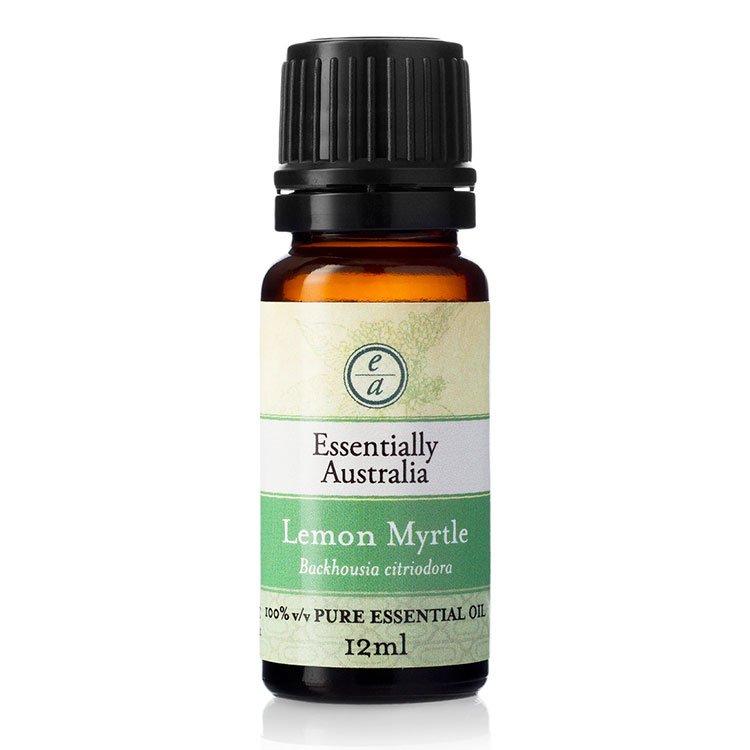
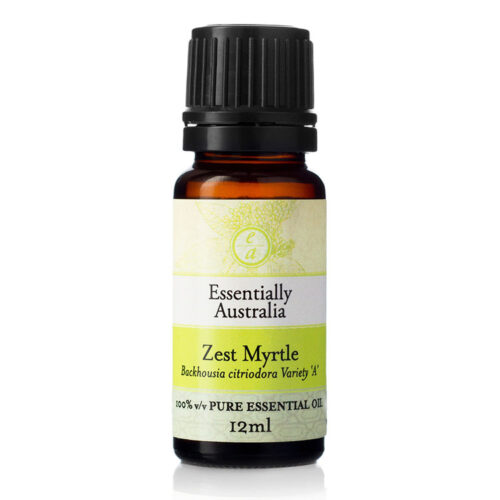
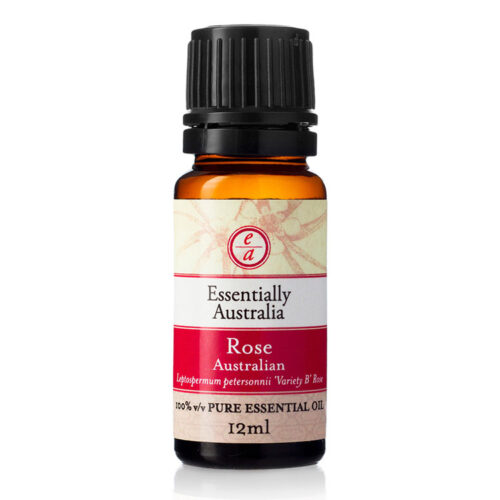
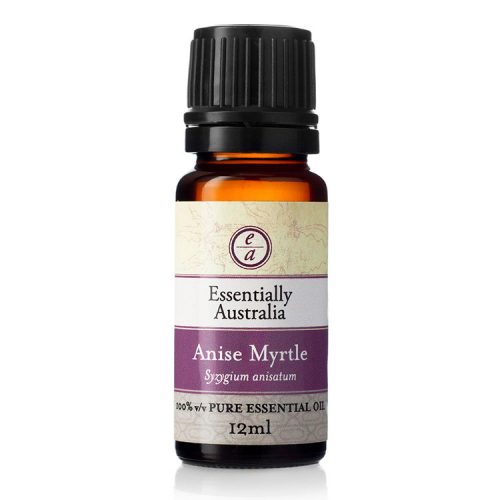
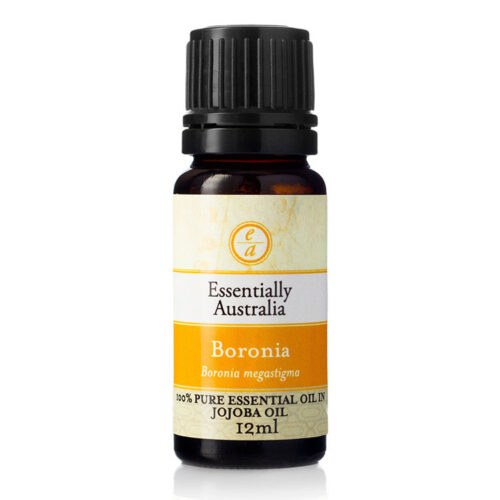
Fresh, fruity, peachy, candy and loquat note, mouth watering! My new favorite
To d!e for, what a stunning fresh smell.
I am going to get a lemon myrtle hand wash and add so many drops to beef it up.
Nothing has enough fragrance so I will add my own I have decided 😛
Not a bad idea if the aroma is lacking but do not go over board, plus mix it up well!
Beautiful oil. Fast postage
Thanks Matthew!